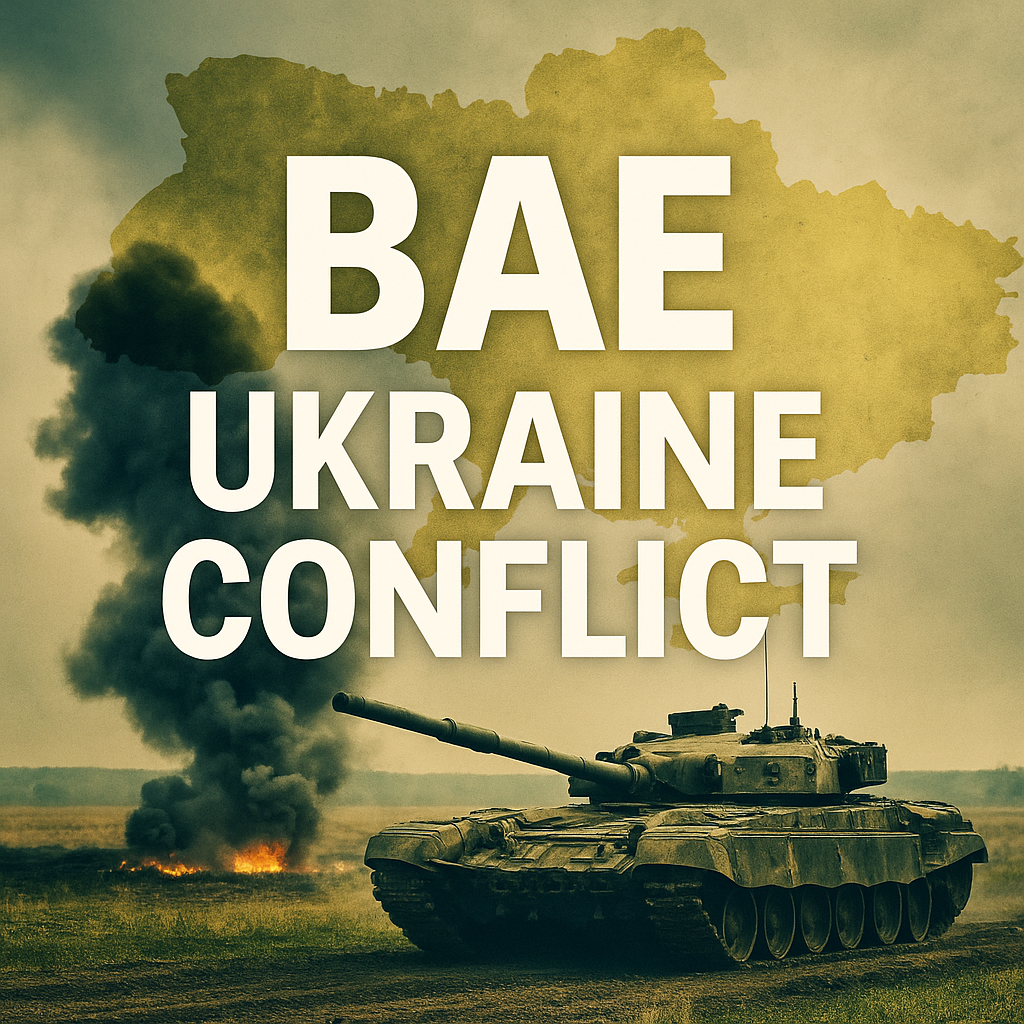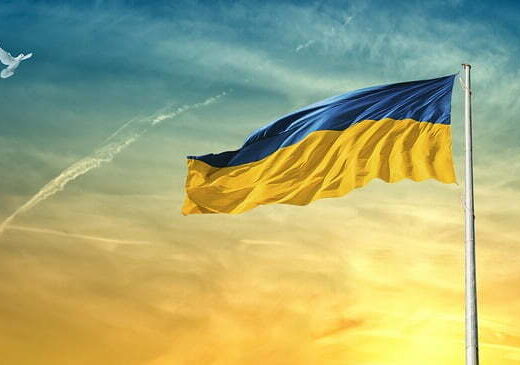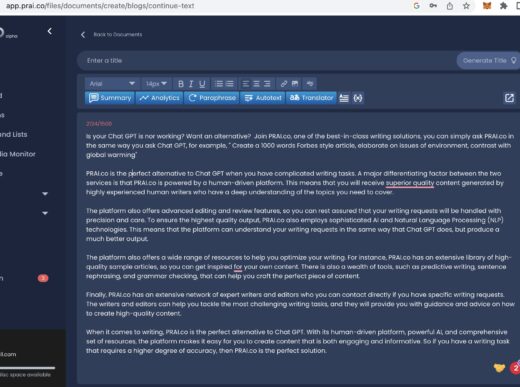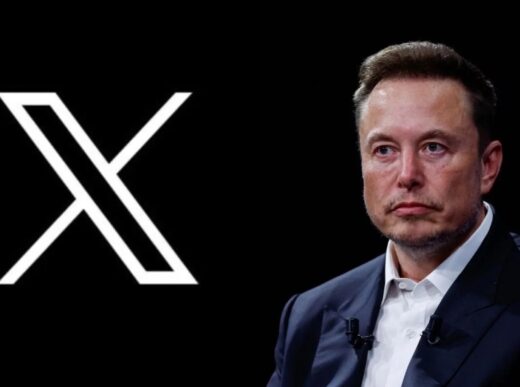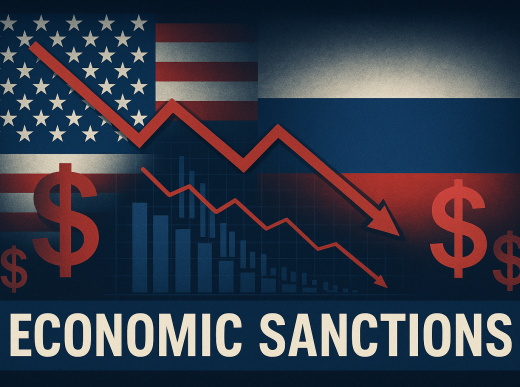BAE Systems in Ukraine: Defense Powerhouse at the Frontline of Europe’s Security
By Christopher Marshall
As Europe grapples with the largest land war. Since world war ii, the defense industry’s role has never been more crucial. At the center of the Western military-industrial response to Russia’s full-scale invasion of Ukraine is BAE Systems—a British defense titan with deep ties to NATO governments. And a growing presence across eastern europe.
while headlines often focus on tanks, missiles, and air defense systems, what often goes unseen is the logistics, strategic planning, and industrial diplomacy that underpins these military efforts. BAE Systems, with its decades-long legacy of manufacturing advanced defense systems, has emerged as one of Ukraine’s most vital partners in its defense transformation.
A Timeline of Engagement: BAE’s Evolution in the Ukraine Theater
BAE Systems’ support for Ukraine predates the 2022 escalation. As early as 2014, following the annexation of Crimea, BAE executives were in discussions with NATO leadership and regional allies about bolstering Eastern European defenses. This led to an uptick in armored vehicle sales, particularly to Poland and the Baltic states. The lessons learned from hybrid warfare in Donbas also informed BAE’s development of lighter, more maneuverable platforms that would later prove essential in Ukraine’s counteroffensive tactics.
But it wasn’t until 2022, when Russia launched its full-scale invasion, that BAE’s operational footprint in Ukraine. And surrounding nato territories expanded rapidly. The company began supporting logistics, supply chain, and maintenance operations for various donated systems, including M777 howitzers, CV90 infantry fighting vehicles, and Challenger 2 tanks. BAE’s strategic approach was to serve as a “backbone provider” than just a contractor—offering not just equipment. But integrated services to keep systems running in the field.
inside the equipment: what bae
inside the equipment: what bae has delivered
among the most notable systems deployed to ukraine with bae systems’ support:
cv90 infantry fighting vehicles: originally developed for sweden, these advanced ifvs are now being co-produced with ukrainian engineers, offering high mobility and protection in contested areas.
M777 Artillery Systems: While BAE originally developed these lightweight howitzers for the U. K.
, they have been a key asset in Ukraine’s artillery dominance, especially in Kherson and Donetsk.
Challenger 2 Tanks: The British main battle tank, supported and upgraded by BAE, has given Ukrainian forces an edge in direct engagements, particularly when paired with NATO-provided surveillance. And drone targeting.
Ukraine’s New Defense Ecosystem
In a move that marks a strategic pivot from arms delivery to local integration, BAE Systems in 2023 established a local entity in Ukraine. This landmark development, coordinated with the Ukrainian Ministry of Defense, enables the co-manufacturing, servicing,. And eventual transfer of knowledge for armored vehicle platforms and artillery systems. This initiative aligns with Ukraine’s broader goal of reducing dependency on foreign military aid and building a self-sufficient defense-industrial base.
“Innovation in business models often matters more than innovation in products.”
Industry Expert
Speaking to Kyiv-based media, President Volodymyr Zelenskyy hailed the partnership as “a vital cornerstone for the defense of Europe.” He emphasized that long-term defense sustainability must come not only from donations. But from partnerships that leave behind tools, infrastructure, and training. BAE’s strategy embodies that ethos.
Strategic Diplomacy and Procurement Politics
BAE’s success in Ukraine is not purely technological—it’s political. The company’s executives have worked closely with NATO allies, the EU Defense Agency, and procurement offices across Europe to streamline joint purchasing programs. These efforts not only ensure consistency in supply chains but also provide Ukraine with access to standardized parts and interoperable systems.
For Example, The U.K. Ministry
For example, the U.K. Ministry of Defence’s procurement framework includes clauses that prioritize contractors like BAE for ongoing maintenance and restocking. This has led to faster delivery times, even during high-traffic periods in global arms markets. In several NATO summits, BAE’s representatives have also advocated for multi-year procurement contracts—a model that gives allies predictability. And gives ukraine assurance of continued support.
the business of war: financial footing and shareholder impact
bae systems’ deepening involvement in ukraine has not gone unnoticed by investors. The company’s stock saw a 40% increase from early 2022 through mid-2024, outperforming defense sector benchmarks. In its latest earnings report, BAE cited Ukraine-linked contracts as a primary driver for revenue increases across its Land. And armaments division.
shareholders are closely watching the impact of the ukraine conflict on long-term order books. Analysts at JPMorgan and Barclays forecast that BAE will remain a primary contractor for NATO modernization efforts long after the conflict ends. That future includes not only traditional platforms but also innovations in electronic warfare, drone countermeasures,. And cyber defense—all areas where bae has quietly expanded its ip portfolio during the ukraine war.
challenges ahead: transparency and post-war transition
while bae’s involvement has been largely praised, it also raises questions about defense transparency and the role of private contractors in post-war reconstruction. Ukrainian civil society groups have called for strict oversight of co-manufacturing agreements to ensure equitable labor and technology transfer policies. There are also international questions around how war-time procurement evolves in peacetime economies—especially when companies like BAE may become embedded in Ukraine’s defense ministry long term.
To Its Credit, Bae Has
To its credit, BAE has opened up portions of its logistics. And training operations to oversight from eu and nato observers. It has also pledged to assist in the de-mining and demilitarization process after the war—an essential. But often overlooked stage of conflict recovery.
the road ahead: from war to peace
bae systems’ transformation from a foreign supplier to a domestic partner in ukraine’s defense ecosystem illustrates a new paradigm in modern conflict support. The company’s approach—rooted in long-term presence, scalable production, and political integration—will likely serve as a blueprint for future Western engagements in high-conflict zones.
As Ukraine continues to push toward full territorial sovereignty,. And as european nations reorient their own defense strategies, bae systems will remain at the center of that transformation—both as a manufacturer of machines and as an architect of strategic stability.
stay informed with comprehensive news analysis and expert insights.
